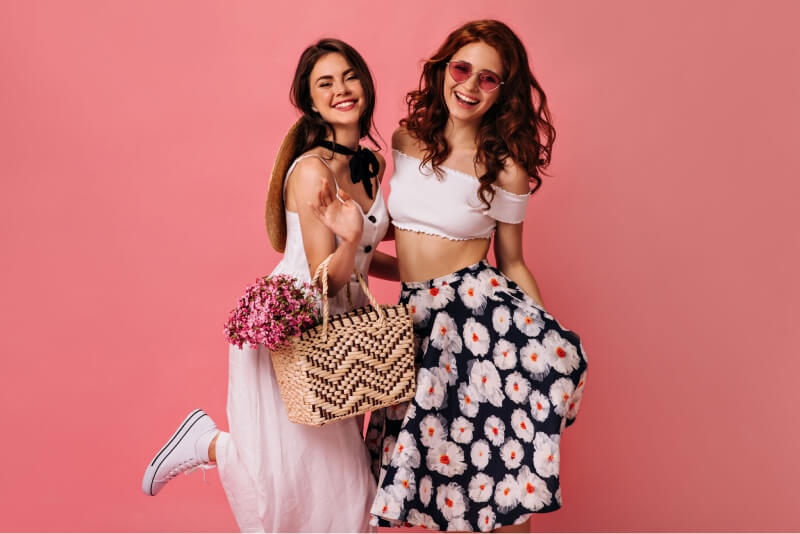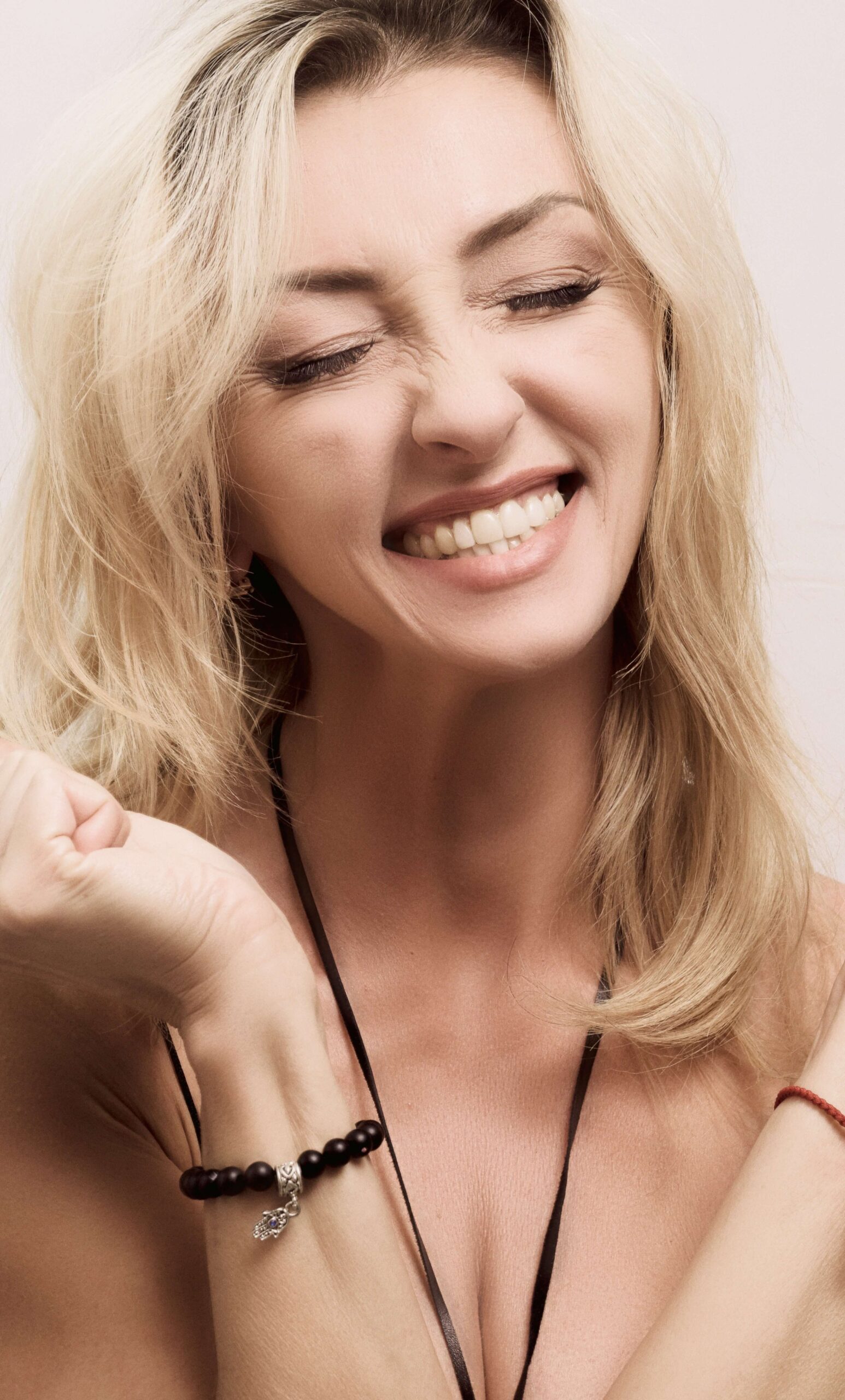Makeup is supposed to be fun. It’s supposed to highlight features, boost confidence, and feel like a little luxury in the middle of a chaotic day. What it shouldn’t do is mess with hormones, clog pores with mystery chemicals, or leave skin irritated and inflamed.
Millennial women aren’t settling for the same old beauty industry nonsense anymore. No one wants a foundation that lasts 24 hours if it’s packed with hormone-disrupting preservatives. That berry-toned lipstick isn’t cute if it’s laced with lead. It’s time for beauty to do better — safer ingredients, transparent formulas, and products that actually care for the skin underneath.
The Clean Beauty Revolution
Image Source: Pixabay
The term “clean beauty” gets thrown around a lot, but what does it even mean? Some brands use it as a marketing gimmick, slapping “natural” on the label while sneaking in synthetic fillers. Others actually deliver, swapping out harsh chemicals for ingredients that don’t make dermatologists cringe.
At its core, clean beauty is about transparency. No hidden toxins. No unregulated chemicals slipping past because they sound fancy. Just makeup that does what it’s supposed to without side effects no one signed up for.
Brands like Ilia, Kosas, and RMS Beauty are proving that clean doesn’t mean boring. These products still give that glow, that color payoff, that long-wear finish. The difference? They’re made with ingredients that nourish instead of damage. A tinted moisturizer that hydrates and protects? Yes, please. A mascara that won’t leave lashes brittle and sad? Finally.
Ingredients to Avoid in Your Cosmetics
Not to be dramatic, but some makeup products might as well come with a hazard label. The beauty industry in the U.S. is still catching up when it comes to ingredient regulations. That means a lot of products lining the shelves contain chemicals that wouldn’t fly in other countries.
Some of the worst offenders?
- Parabens: Used to extend shelf life but linked to hormone disruption.
- Phthalates: Found in synthetic fragrances and tied to reproductive issues.
- Formaldehyde-releasing preservatives: Because nothing says “healthy skin” like a known carcinogen.
- Lead and heavy metals: Sometimes lurking in lipsticks.
That’s not even the worst of it. Contaminated cosmetics contain anything from bacteria, mold, and asbestos. No, those aren’t just horror stories from the ‘90s. Even recently, independent testing found harmful contamination in certain beauty products. The scary part? Companies don’t have to disclose it.
Why Skin-Safe Makeup Matters
Skin takes a beating from daily life — pollution, stress, the occasional late-night Taco Bell binge. The last thing it needs is makeup working against it.
For anyone with sensitive or acne-prone skin, one wrong ingredient can mean weeks of irritation. Even those with resilient skin aren’t immune. Over time, repeated exposure to harsh chemicals can cause dryness, premature aging, or worse.
Choosing makeup should feel empowering, not like a chemistry experiment gone wrong. Hypoallergenic formulas, dermatologist-tested products, and ingredient lists that don’t require a science degree all make a difference.
Caring for Your Skin and the Planet
As if skin health wasn’t reason enough to rethink beauty habits, there’s also the mess the industry leaves behind. Plastic packaging, water waste, and toxic runoff aren’t cute.
Change is finally happening, and not a moment too soon. The days of mountains of plastic packaging and shady ingredient lists are numbered. Brands are stepping up, swapping out wasteful single-use plastics for refillable palettes, biodegradable tubes, and compostable materials that don’t outlive the people using them.
Waterless beauty is taking off, cutting down on waste while packing more punch into every product. And cruelty-free, vegan formulas? Those aren’t some crunchy niche anymore — they’re the bare minimum.
For anyone wanting to make more sustainable choices without a complete beauty routine overhaul, there are plenty of easy swaps:
- Refillable compacts and lipsticks that don’t get tossed after a few months;
- Compostable or recyclable packaging that won’t clog landfills for decades;
- Brands that are committed to ethical sourcing and cruelty-free testing because no one needs to suffer for a highlighter.
This isn’t about striving for perfection or feeling guilty about every purchase. It’s about making choices that align with values that matter without sacrificing quality or performance.
Cracking the Code on Beauty Labels
Brands love to throw around words like “clean” and “natural,” but let’s be real — those terms are meaningless without proof. A product can have “organic” in its name while still being packed with questionable ingredients. Knowing how to read labels is the best defense against marketing fluff.
- Skip vague terms: Words like “fragrance” can hide dozens of chemicals.
- Look for third-party certifications: EWG Verified, Leaping Bunny, and USDA Organic actually mean something.
- Research unfamiliar ingredients: Apps like Think Dirty and the Environmental Working Group’s database break down what’s in a product and why it matters.
Shopping for safe beauty doesn’t have to be overwhelming. A little research goes a long way, and once a solid lineup of trusted brands is built, it becomes second nature.
Safe Alternatives You Can Make at Home
Sometimes, the best way to guarantee a product is safe? Make it at home. DIY beauty has come a long way since middle school attempts at making lip balm out of Vaseline and food coloring. Simple, natural ingredients can replace store-bought options while actually benefiting the skin.
Some easy swaps:
- Lip tint: Beetroot powder, coconut oil, and beeswax for hydration and color.
- Face mask: Plain yogurt, honey, and turmeric for brightening and soothing.
- Makeup remover: Aloe vera and jojoba oil for gentle cleansing.
Making beauty products at home isn’t for everyone, but for those who love a little kitchen chemistry, it’s an easy way to avoid questionable ingredients and save money.
Conclusion
The beauty industry is changing because consumers demand it. No one is settling for outdated formulas, questionable chemicals, or wasteful practices anymore.
Safer ingredients, ethical sourcing, and sustainable packaging aren’t niche — they’re becoming the standard. And that’s because people care. About their skin. About their health. About the planet. The future of beauty isn’t about perfection. It’s about making better choices, one product at a time.



:max_bytes(150000):strip_icc():format(jpeg)/TAL-hollyhock-house-la-NOUNESCOFLW0525-a4961d5cbdb44b5982698707275ac9a0.jpg?w=150&resize=150,150&ssl=1)




